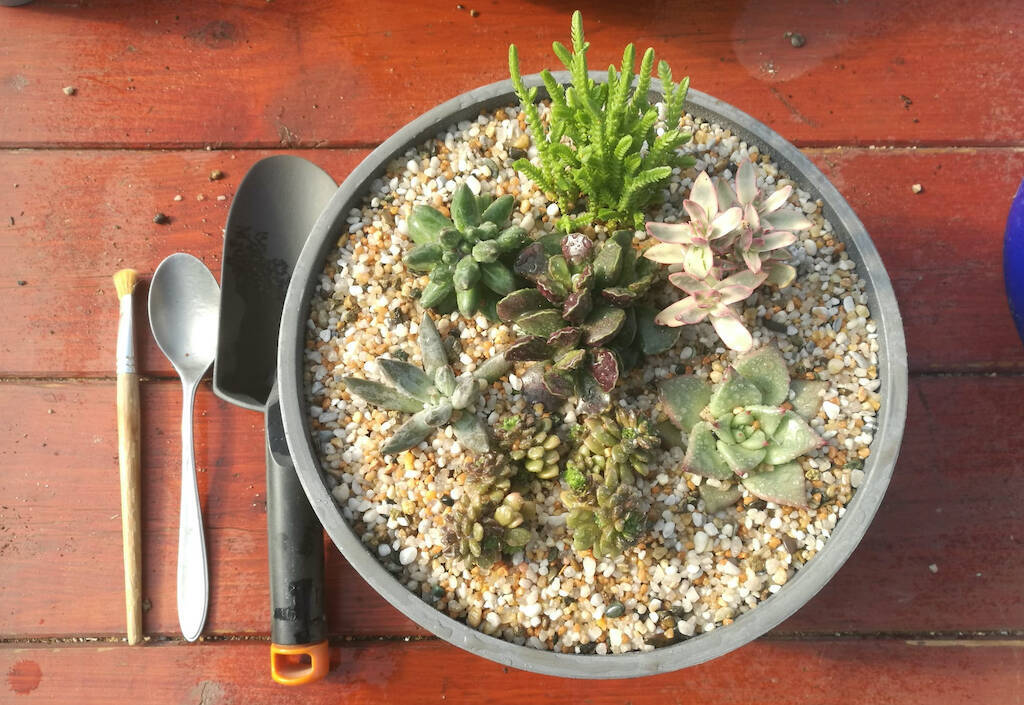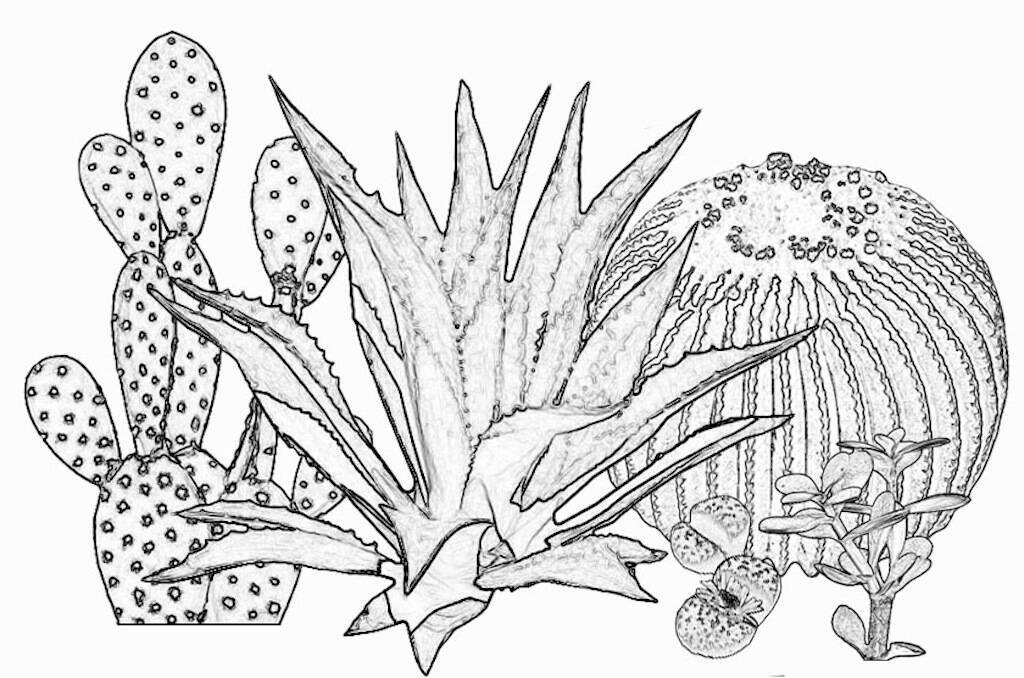Better to set the record straight right away: the topic of compositions has very little to do with the spirit of this site. In fact, we are just the opposite: on the one hand, the spartan approach that aims to obtain plants similar to those in habitat and that is the basis of my cultivation method; on the other hand, cultivation for aesthetic purposes only, which I do not practice but which we know very well is widespread. But life, as you know, is never all black or all white; some nuance must always be there…. So, here is an article accompanied by a video of mine on how to make a simple succulent plant arrangement. After all, an eye for aesthetics never hurts, and even I, who love “lived-in,” nature-like plants, do not disdain a well-done composition, as long as it is no-frills and made with respect for the needs of the individual plants. Warning: the theme may seem obvious and the subject matter very simple, but it’s not so and you will understand why in the next lines. Assuming that in plant compositions everyone is free to do what they want, this is just an aesthetic field, that is, related to personal taste, if you want to make compositions that will last over time and that will not make the plants suffer or die quickly, it will be wise to choose the right essences judiciously and place them in the correct substrate.
Let’s see in this article how to correctly choose the plants for our compositions (…)
Continue reading “Compositions with succulents: how to choose plants and what is important to know”




